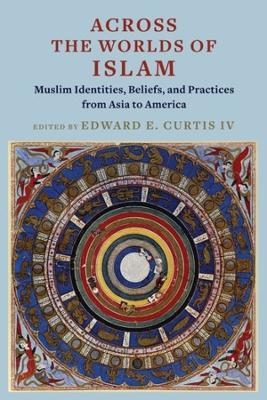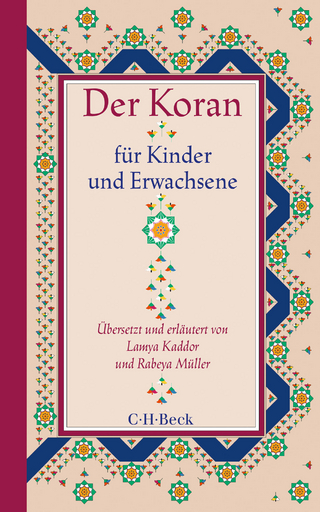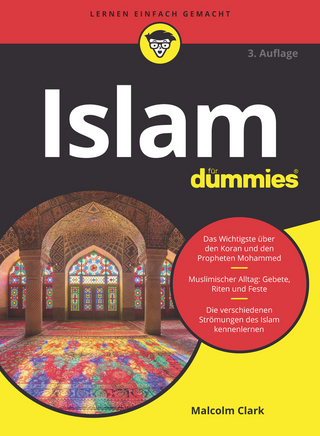
Across the Worlds of Islam
Columbia University Press (Verlag)
978-0-231-21065-2 (ISBN)
Muslim people are found all over the world. Most live outside the Middle East, from Asia to the Americas. The vast majority of contemporary Muslims are not fluent in Arabic, and speakers of languages such as Persian, Urdu, and Turkish have made essential contributions to Islamic history and culture. However, typical courses on Islam tend to downplay areas beyond the Middle East, focusing on Arabic texts and elite theological and doctrinal arguments.
This book offers an inclusive view of the diversity and complexity of the many worlds of Islam, investigating ethics and aesthetics as much as scriptures and theology. By paying attention to Muslims who are socially, culturally, doctrinally, or politically marginalized, it provides a comprehensive and all-embracing vision of the religion and its many interrelated communities. Contributors from a range of personal and intellectual backgrounds explore the capaciousness of Muslim identities, helping readers achieve a broader understanding of the past, present, and future of the Muslim world. This book includes communities such as the Nation of Islam and Alevi Muslims, and it goes beyond rituals like prayer and fasting to consider a wider array of practices, such as tattooing.
Across the Worlds of Islam is at once student-friendly and cutting-edge, written with both introductory courses and general readers in mind. Examining Muslim identity and practice from the perspective of the margins, it offers nuanced portraits of Muslim life across geographic and sectarian divisions.
Edward E. Curtis IV is professor of religious studies, William M. and Gail M. Plater Chair of the Liberal Arts, and adjunct professor of American studies and Africana studies at the Indiana University School of Liberal Arts in Indianapolis. He is the author or editor of a number of books, including The Columbia Sourcebook of Muslims in the United States (2009) and Muslims of the Heartland: How Syrian Immigrants Made a Home in the American Midwest (2022).
Introduction, by Edward E. Curtis IV
1. Islam and Its Others: Ambivalent Orientations Toward the Margins of Islam, by Farah Bakaari
2. Rethinking the Center: Margins and Multiplicity in Hadith Texts, by Michael Muhammad Knight
3. Islamic Tattooing: Embodying Healing, Materializing Relationships, and Mediating Tradition, by Max Johnson Dugan
4. Lover’s Words Are Eternal: Alevi Ashik Poetry Beyond the Margins, by Tess M. Waggoner
5. On the Margins of Islamic Doctrine, at the Heart of Islamic Ethics: Elijah Muhammad’s Nation of Islam and Black Liberation, by Edward E. Curtis IV
6. Love and Care at the Margins of Future Generations, by Holly Donahue Singh
7. Writing Mongol History on the Margins: Sufi and Kinship Connectivity in the Tarikh-i Rashidi, by Henry D. Brill
8. Journey to the Teaching of Islam, by Kathryn D. Blanchard
Conclusion: Let the Margins Be the Center, by Vernon James Schubel
List of Contributors
Acknowledgments
Index
| Erscheinungsdatum | 03.04.2023 |
|---|---|
| Zusatzinfo | 13 b&w illustrations |
| Verlagsort | New York |
| Sprache | englisch |
| Maße | 140 x 216 mm |
| Themenwelt | Geisteswissenschaften ► Religion / Theologie ► Islam |
| Sozialwissenschaften ► Soziologie ► Spezielle Soziologien | |
| ISBN-10 | 0-231-21065-5 / 0231210655 |
| ISBN-13 | 978-0-231-21065-2 / 9780231210652 |
| Zustand | Neuware |
| Haben Sie eine Frage zum Produkt? |
aus dem Bereich


